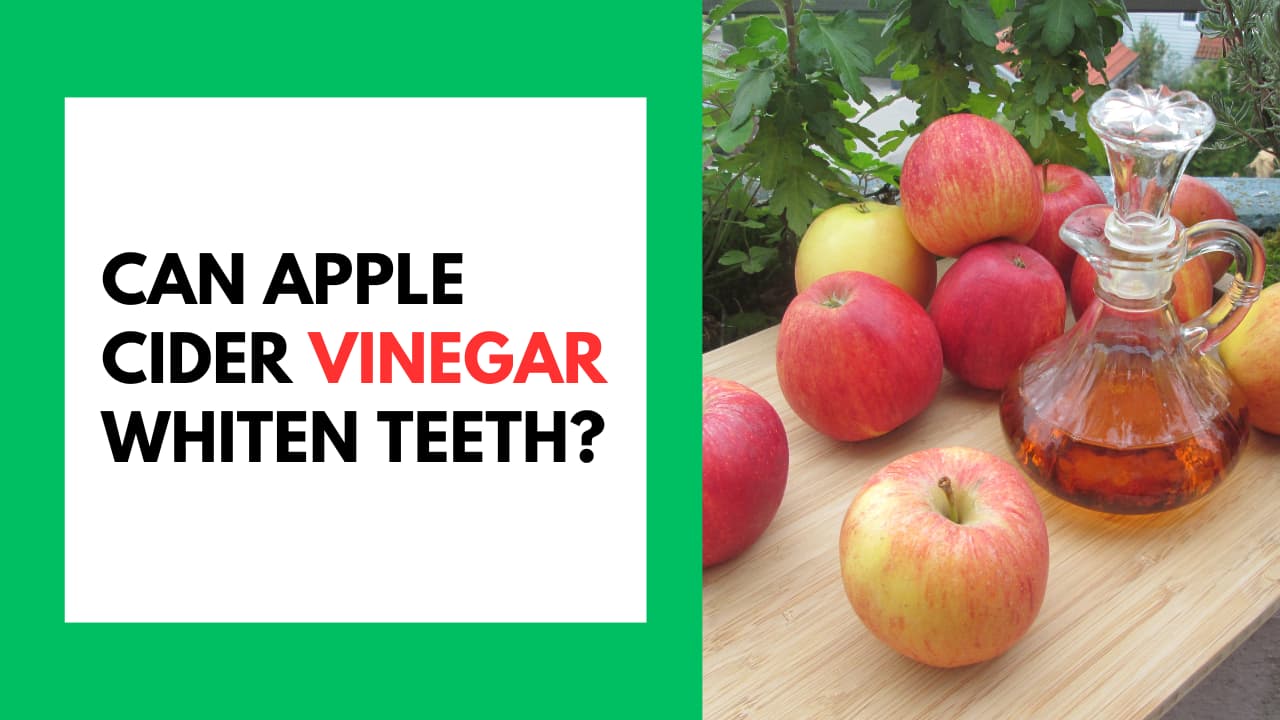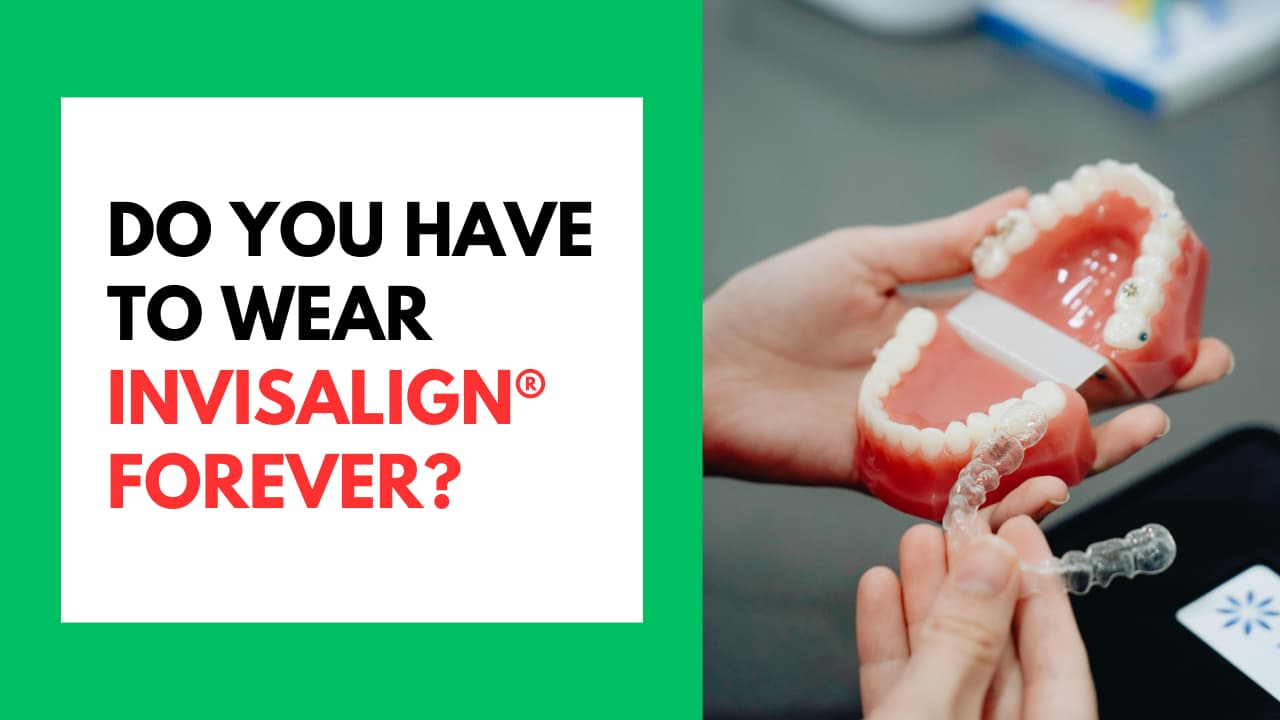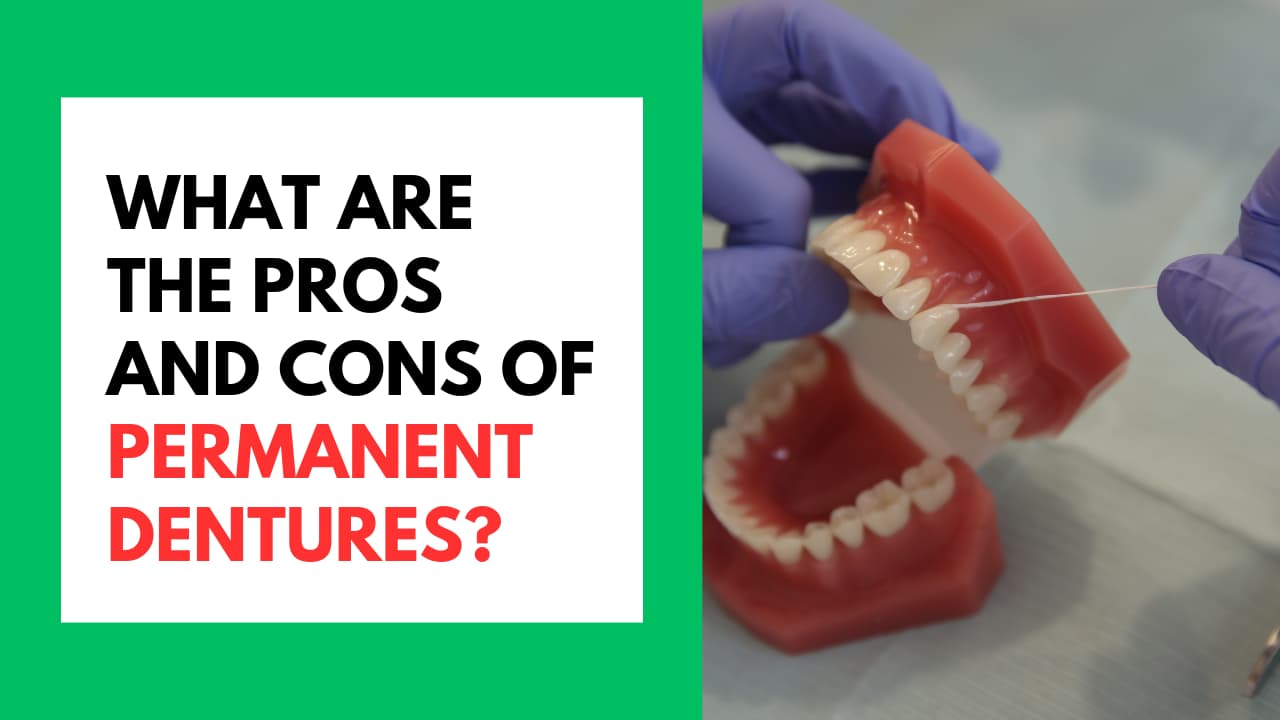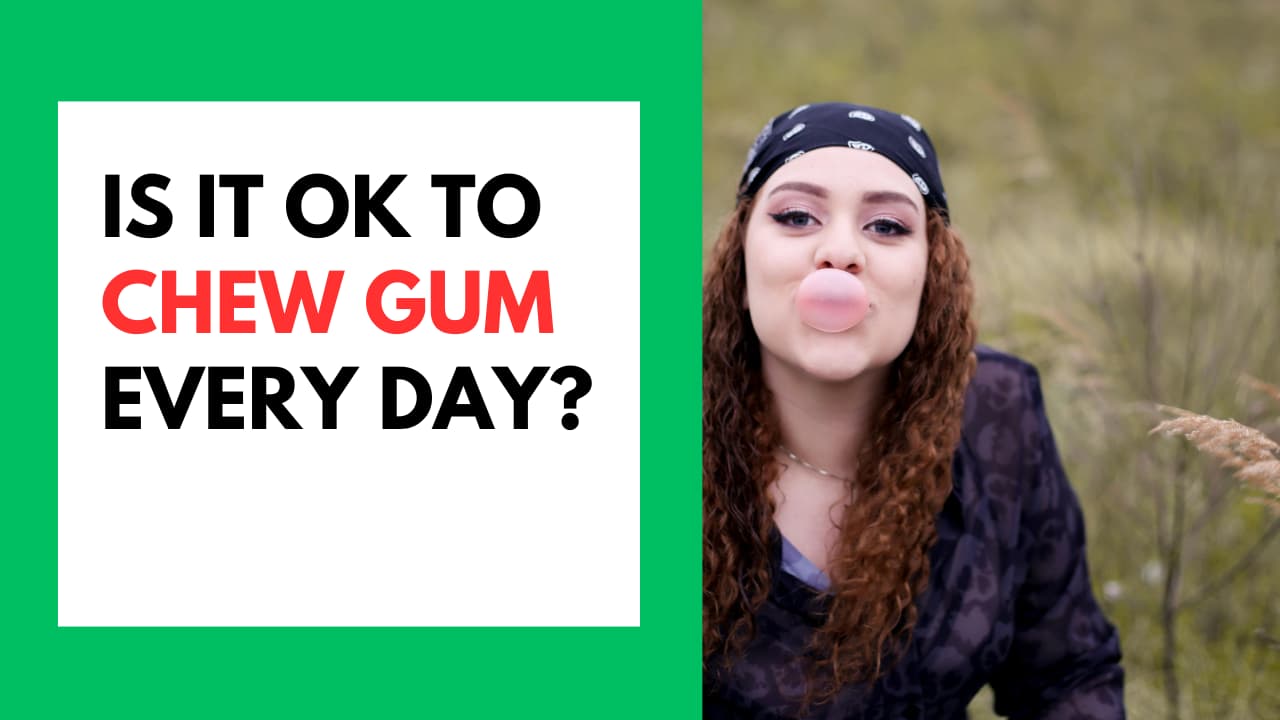Apple cider vinegar is often talked about as a natural way to get a brighter smile. Many people on social media and in wellness circles believe it can remove stains and whiten teeth due to its strong acidity. It sounds like an easy, at-home solution using something you might already have in your kitchen. However, this sour liquid has a mix of possible benefits and risks. Its acid might help clean your teeth, or it could wear away your enamel if not used carefully. Before trying it, it’s important to determine whether apple cider vinegar can whiten teeth or it’s just another hot trend with no scientific proof.
Expert in This Article
Dr. Ram Nallapaneni, DDS, is a dedicated dentist with experience in Illinois and Michigan, committed to excellence through ongoing education and innovation.
Apple Cider Vinegar and Teeth Whitening
Acetic acid, the main ingredient in vinegar, can help remove surface stains by breaking down the chemical bonds that hold stain molecules to the teeth. It works by dissolving organic compounds like tannins found in foods and drinks, and its acidic nature (pH 2–3) helps loosen and remove pigments and residues.
Some lab studies also suggest that acetic acid may have mild bleaching effects, but these are much weaker than those of professional whitening agents like hydrogen peroxide, which can penetrate deeper and work more effectively.
However, most research on acetic acid’s whitening ability is done in labs, not in real-life conditions. According to Dr. Nallapaneni of Riverside Family Dental, “Saliva, tooth structure, and daily habits affect how well acetic acid works in the mouth.” These real-life factors reduce its whitening power. Also, frequent use of vinegar may damage tooth enamel due to its high acidity, which isn’t fully shown in lab tests.
Risks of Using Apple Cider Vinegar on Teeth
Apple cider vinegar (ACV) is often used for health purposes, but its high acidity can harm your teeth and mouth if not used carefully. Here are some potential risks:
- Highly Acidic and Can Wear Down Enamel: ACV has a low pH (around 2.5 to 3.0), which means it’s very acidic. If your teeth are exposed to it often or for too long, this acid can wear away the enamel, the hard outer layer that protects your teeth.
- Risk of Throat Irritation if Not Diluted: Using ACV without mixing it with water can irritate your throat or cause a burning feeling. That’s why it’s important to always dilute it before use.
Safer and Effective Teeth Whitening Alternatives
Here are safer and more effective alternatives to apple cider vinegar (ACV) for teeth whitening:
· Baking Soda
Baking soda (sodium bicarbonate) is a mildly abrasive substance that helps remove surface stains from teeth by physically scrubbing away discoloration with gentle brushing. It also neutralizes acids in the mouth, which is safer for enamel when used occasionally.
Studies show that baking soda-containing toothpaste produces noticeable whitening effects with limited enamel wear if not overused.
· Hydrogen Peroxide-Based Products
Hydrogen peroxide is the most scientifically validated whitening agent. It penetrates the tooth enamel and chemically breaks down deeply embedded stains through oxidation. Professional treatments at a dentist’s office use higher-concentration peroxide gels for fast, dramatic results.
Over-the-counter (OTC) strips and gels provide gradual whitening using lower, safer concentrations. These are considered safe and effective when used as directed, although temporary sensitivity can occur.
· Whitening Toothpastes
These contain mild abrasives and sometimes low levels of peroxide that help remove surface stains with daily use. They are safe for most people and offer gradual whitening over several weeks. Whitening toothpastes are regulated to ensure abrasion levels are low enough to protect enamel during regular use.
· Oil Pulling (Coconut Oil)
Swishing coconut oil (oil pulling) helps reduce plaque and bacteria, slightly brightening teeth by preventing new stains. Oil pulling does not bleach or oxidize stains but is safe for routine oral hygiene and supportive of overall oral health.
· Professional Dental Cleanings & Whitening
“Regular cleanings by a dental hygienist remove built-up plaque and tartar, brightening teeth and enhancing the effectiveness of any whitening product. “Says Dr. Nallapaneni. Dentists also offer in-office whitening systems (often hydrogen peroxide-based) that provide safe, rapid results under controlled conditions.
How to Use Apple Cider Vinegar Safely?
If you’re thinking about using ACV for your teeth, it’s important to do it safely. Here are some easy tips to protect your teeth:
· Always Dilute It
Never use ACV straight from the bottle. Mix one part ACV with 5 to 10 parts water. For example, add one tablespoon of ACV to 1 cup (8 ounces) of water. Some people prefer a gentler mix, like one-part ACV to two–three parts water, for short rinses.
· Keep Contact Short
Don’t swish it around for too long. Limit rinsing to 30 seconds or 1 minute. Avoid brushing your teeth right after using ACV, since your enamel is more sensitive to damage.
· Rinse Well with Water
After using ACV, rinse your mouth with plain water. This helps wash away the acid and protect your teeth and gums.
· Don’t Use It Too Often
Use ACV only once or twice a week. Using it too often can wear down your enamel and cause sensitivity.
· Extra Tips
If you drink diluted ACV, use a straw to keep it away from your teeth. “Wait at least 30 minutes before brushing your teeth after using ACV. This gives your saliva time to bring your mouth’s pH back to normal.” Advices Dr. Nallapaneni.
Wrapping Up
There’s limited research on whether apple cider vinegar can whiten teeth. Therefore, it’s better to consult a dentist before trying apple cider vinegar or any home remedy to protect your dental health. A dental professional can recommend safe and effective ways to whiten your teeth.






